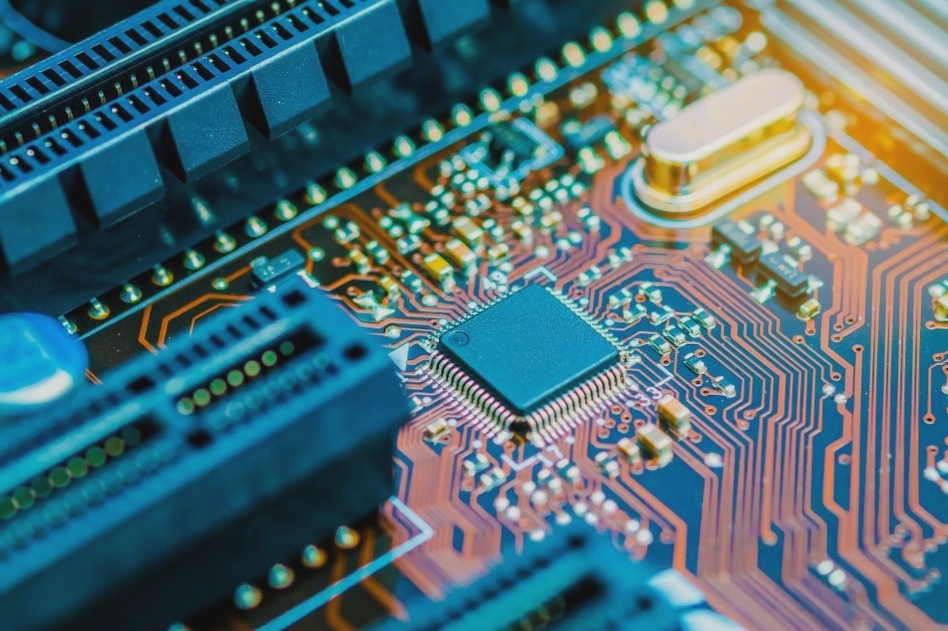Grounding Considerations in PCB Designs
- When designing PCBs, the concept of “ground” plays a crucial role, forming a network within the circuit.
- At high frequencies, minimizing loop inductances of signal and return paths is essential.
- Return path should be kept as close to the signal path as possible to reduce EMC issues.
Understanding Signal and Return Paths
In high-speed circuits, the return path is as important as the signal path. Different transmission line configurations dictate the roles of signal and return paths:
- Coaxial cables, coplanar waveguides, and microstrip lines all have distinct signal and return path setups.
- Designing with a reliable return path parallel to the signal path minimizes electromagnetic interference.
Design Best Practices
- Use a large metal plane as a reference plane to provide a superior return path.
- Ensure proper stack-up settings and impedance control for multilayer boards.
- Position high-speed traces close to the ground plane to manage magnetic flux effectively.
- Implement grounding strategies to reduce noise voltage in the power distribution system.
Additional Tips for PCB Design
- Consider using Data Line Filters and Common Mode Chokes in selected networks.
- Provide a grounded heat sink for components emitting common mode RF energy.



